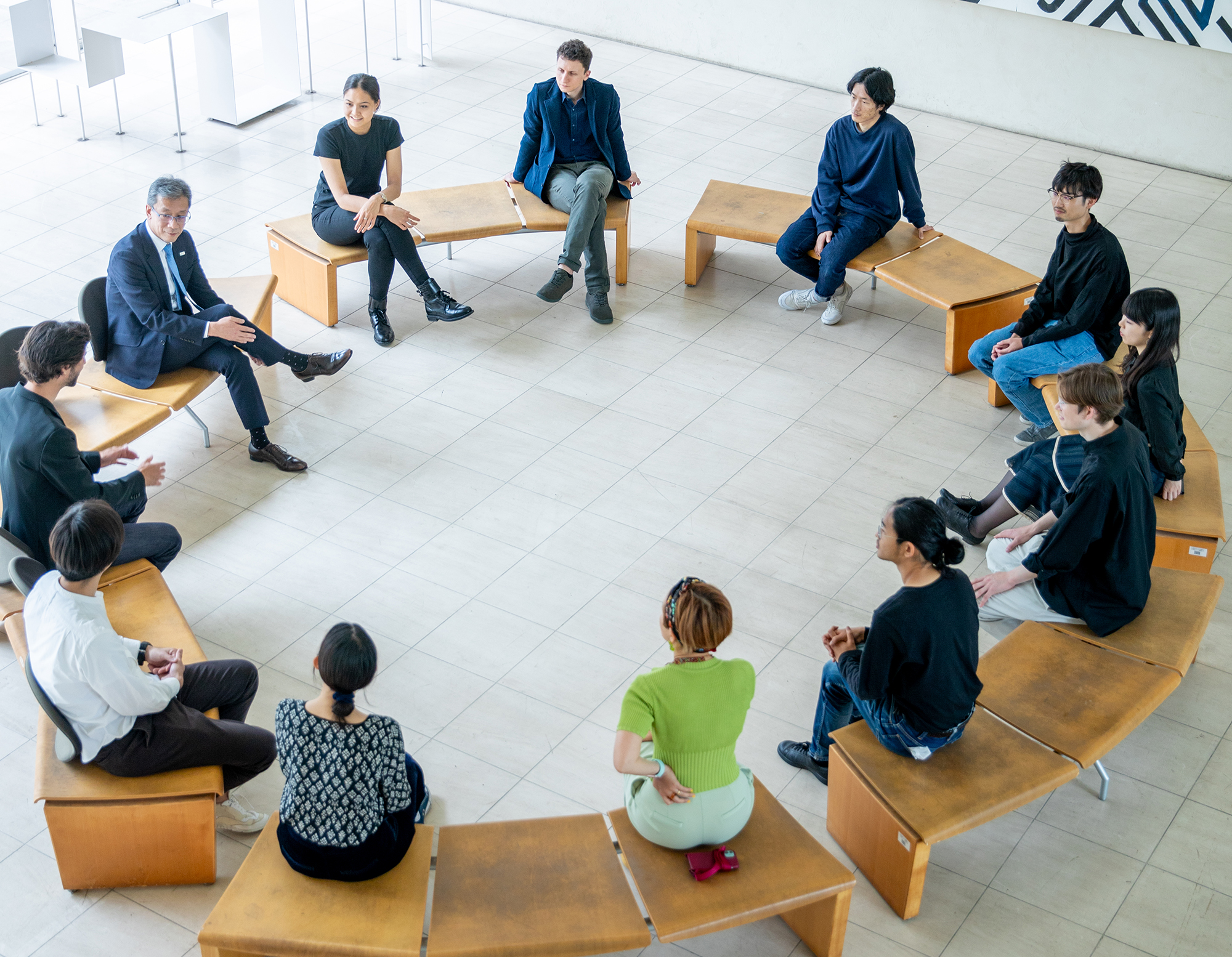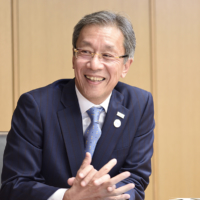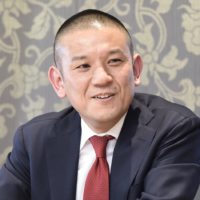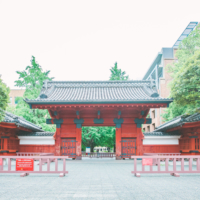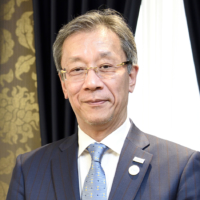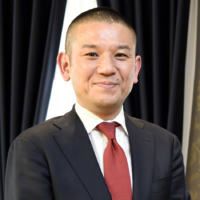Higher education in Japan is in a constant state of renewal as it responds to global issues such as the climate crisis, social divisions and growing inequality. By engaging with these issues in their research, curriculum and overall practices, universities should play a pivotal role in searching for innovative solutions.
At the same time, Japanese universities continue to seek the best ways to demonstrate to prospective students at home and abroad that they are not only addressing global issues, but also eagerly catering to the needs of their students. The University of Tokyo occupies a long-held position at the pinnacle of higher education in Japan, remaining one of the most prestigious since its founding nearly a century and a half ago.
However, urgent questions remain even for institutions at this level, including how to increase international enrollment as well as both student and faculty diversity. In fact, such issues can lead to an institution either reshaping or reinforcing its very ideals. University of Tokyo President Teruo Fujii was recently interviewed by Sapix Yozemi Group CEO Toshiro Takamiya about the importance of dialogue, generative AI in the classroom and creating a university that anyone in the world would want to join.

Takamiya: In September 2021 you announced “UTokyo Compass: Into a Sea of Diversity — Creating the Future through Dialogue.” How much progress has the university made under these new guiding principles and how might that impact students who are aspiring to attend?
Fujii: In considering what kind of institution the University of Tokyo ought to be and observing the world at that time, there were, and still are, various global challenges, such as the climate crisis, social divisions and growing inequality. The question we asked ourselves was, in that context, “How should a university develop and fulfill its role?” Of course, these matters concern people, all of us. So the concepts of dialogue, diversity and inclusion and the desire to create a university that anyone in the world would want to join emerged as the core values for what we now call UTokyo Compass, a statement on the guiding principles and ideals of our university.
“Dialogue” is the fundamental idea that led to all of that. In today’s world, it is especially important for people to share questions and to understand different cultures and values. A university is made up of and facilitates interaction among many people — students, researchers, faculty, administrative staff and people from industry and local government as well. By thinking together through dialogue about unanswered questions that we share, we can build trustful relations. Universities play a vital role in creating a diverse body of academic knowledge. This knowledge can then be utilized to find creative solutions or as the base for collaborations across various sectors to generate new ideas.
We crafted UTokyo Compass during the pandemic, which was an issue that everybody had to think about. It’s the same for matters such as the climate crisis, which concerns the planet we live on and cannot be ignored. So, discussing these things is crucial, and it is important to value dialogue and consider how to create innovative solutions or approaches coming out of dialogue, and that is what we are doing.
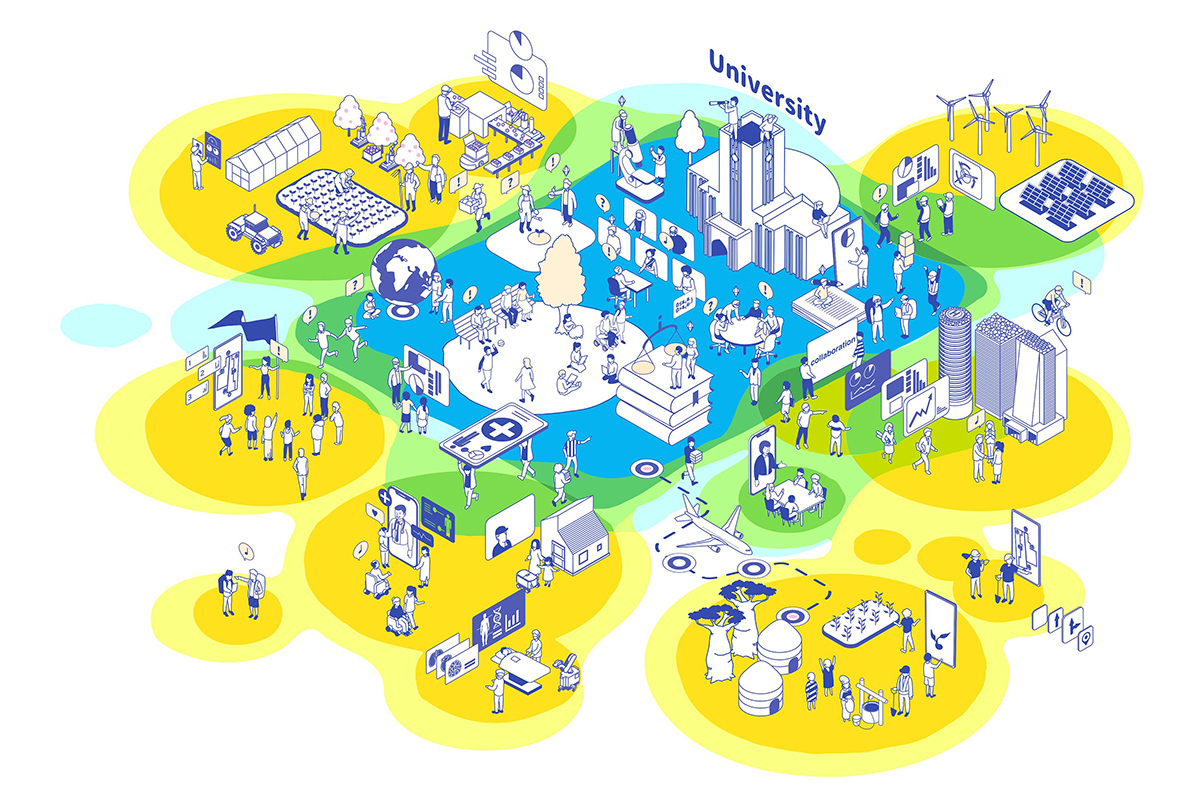
Around the start of the previous academic year, there were various discussions regarding the use of generative AI tools such as ChatGPT in schools. These technologies gather information and present it textually. AI cannot access and express the ideas inside people’s heads. In that sense, face-to-face communication has become even more important for generating innovation. For example, for researchers, attending conferences and engaging in dialogue by presenting and questioning ideas is vital to innovation in all fields or areas of study.
Indeed. At the stage of ideation, even before anything is put on paper, asking questions through dialogue such as, “Have you thought about this before?” or responding in terms such as, “If that’s the case, let’s explore further,” is vital. This kind of collaboration is significant in expanding knowledge and sharing insights.
What you mean by “dialogue” then is not just various people engaging with different ideas, but actually having direct exchanges and asking questions.
Above all, what I’m saying is that engaging in actual conversation, discussing and sharing information are forms of dialogue. However, it’s ultimately about seeking to discover the unknown together. Through dialogue, we can share our wisdom and create new knowledge.
Regarding ChatGPT, many school administrators and educators warn about the possibility of relying excessively on such tools. Do you think it might be best for junior high and high school students to hold off on artificial intelligence tools until they are in university?
On the contrary, students, more than people like you and me, will likely continue to use these tools to explore and discover. By using ChatGPT, they can access information beyond what was previously possible, and expand the boundaries of their knowledge. However, it’s necessary for them to first understand that ChatGPT doesn’t always provide correct information. Considering the potential benefits, the focus should be on comprehending how to navigate and utilize it effectively, rather than restricting its use.
I have previously discussed the importance of liberal arts education with University of Tokyo Executive Vice President Yuko Fujigaki. What are your thoughts, and could you share the distinctive features of the liberal arts curriculum at the University of Tokyo?
Actually, I have been closely involved in discussions about the necessity of STEAM (science, technology, engineering, arts and mathematics) education, including in primary and secondary education, for some time now. There is an association project called “Platform for Learning Innovation — Japan” that emerged from one of the fiscal 2020 initiatives of the Council on Competitiveness-Nippon and involves the collaborative development of STEAM education across multiple sectors of society.
One of the reasons is that STEM education, focusing only on science, technology, engineering and mathematics, might lead to biases. When society becomes data-driven only, we end up removing what is behind the numbers. The A in STEAM is not referring to just the creative arts. Addressing societal or global-scale challenges effectively requires more than just technological advancement; it demands diverse knowledge from various fields. With the wide variety of priorities for people living on the planet and the many challenges each person faces toward well-being, the importance of studies in the humanities and social sciences, such as taking into account people’s lives and looking at historical backgrounds, will be questioned. This perspective is essential not only in higher education, but also in primary and secondary education to cultivate a versatile and adaptable mindset.
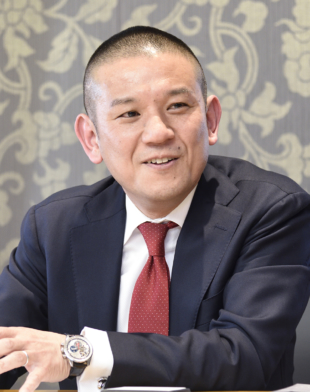
In Japan, the term “art” might conjure images of visual or performing arts. The idea that art is something created by humans is more Western. The term itself was imported, making it prone to such associations.
Yes, let me elaborate a bit more. Subjects like math, Japanese, science and social studies are viewed as quite important. But not all students will take a natural interest in and excel in these areas. When it comes down to it, music, art and sports, for example, serve the same functions in terms of students having their individual interests or expressing their abilities. It’s more about creating an atmosphere where these abilities and interests can be developed and expressed more freely.
One of your goals is creating a university that anyone in the world would want to join. Could you provide specifics about the initiatives the university is implementing to achieve this?
An essential aspect of dialogue is listening to various perspectives. This is true even in the field of science, as individuals from diverse backgrounds bring different viewpoints, elevating discussions to a higher level.
Similarly, when aiming to address societal challenges, opinions from people with different positions become valuable. More empathetic solutions tend to emerge from the intersection of these voices and it is beneficial to translate diverse voices into practical actions or solutions. Naturally then, it is important to welcome people from various backgrounds to the campus to learn together and participate in collaborative activities. The concept of diversity is not limited to Japan but extends globally. The University of Tokyo aims to be a place where anyone in the world would want to come and learn or conduct research. The challenge lies in how to create such a university, and the commitment of the entire university is required to pursue this goal collectively.
Does it mean that you are aiming to increase the number of international students? Additionally, could you talk about the Center for Global Education and measures to support internationalization?
Yes, that’s one aspect of what we are aiming to do. A significant consideration is the availability of courses conducted in English, which is still quite limited. However, we are making efforts to increase these courses in order to attract international students.
Last April, a new center called the Center for Global Education was established. Its focus is not on learning English, but on learning in English. Currently, around 30 courses have been introduced, with the aim of further expanding this initiative to 60 or 70 courses. The course content is also something we have been giving attention to. Subjects related to global issues, such as sustainability and climate justice, are being taught in English.
On the topic of diversity and inclusion, another concern of many Japanese institutions is increasing the enrollment rate of female students.
Diversity, in terms of female students and faculty, is a significant challenge that we have been directing our attention to addressing. Female undergraduates account for around 21% of our enrollment — a number that we need to increase. But we have recognized the importance of creating an environment that welcomes and supports female students. This is not just related to the physical environment, but also to changing the mindset and approach of our faculty and staff accustomed to operating in a majority male environment, and we have been conducting workshops toward this end. In addition to increasing the number of female students, the university has set a goal of hiring 300 female faculty members over a six-year period starting in 2022. So there are ongoing initiatives to recruit and hire female faculty and also to attract female students looking to enter university.
The fact is that equity — providing what is needed to those who need it — is important. And so is equality, especially in terms of access. In our case, it is necessary to critically examine access to the learning environment. We must ensure that everyone has the same access to information or opportunities, but not only that, we must also commit to continuously thinking about addressing these issues.
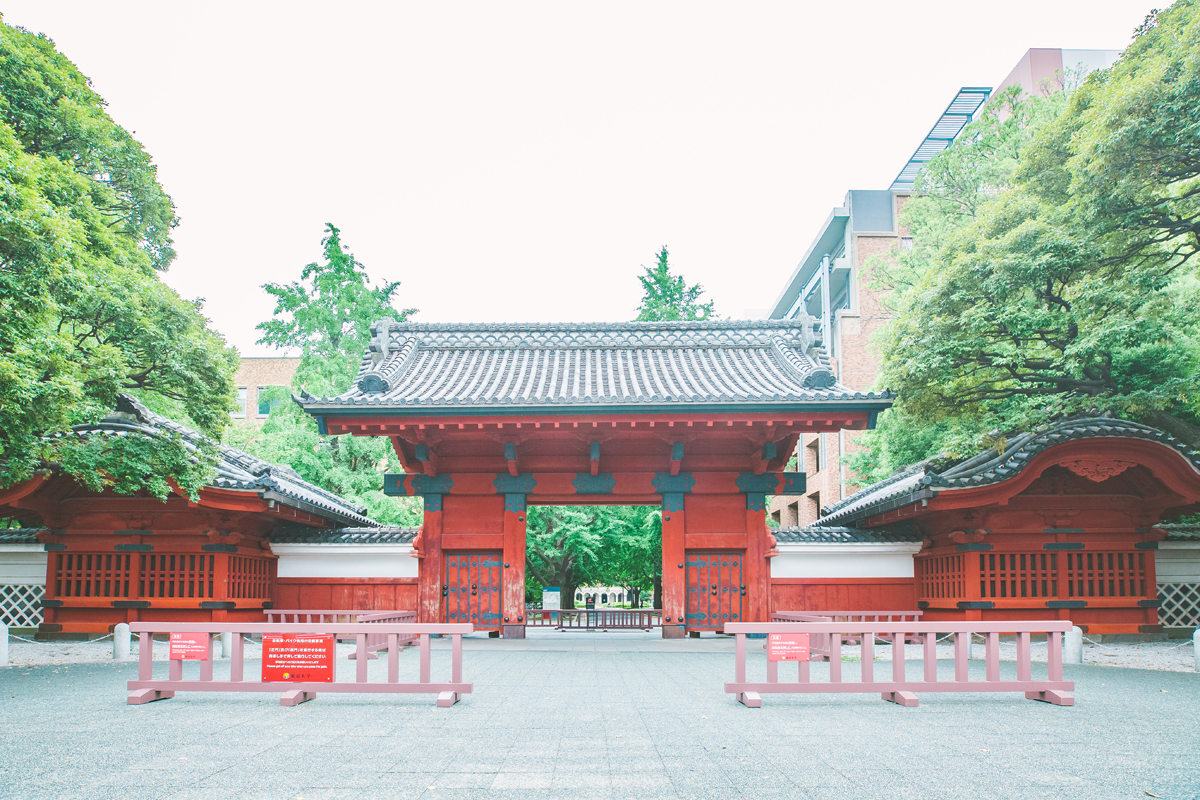
Generally speaking, what kind of students are you seeking to attract and what is your message to them?
For me, the University of Tokyo is a place where you can pursue any field of study or interest without limitations. It provides access to a global level of expertise, making it a place where possibilities are endless. While it’s not necessary for high school or junior high school students to have a specific subject or area of interest in mind, the University of Tokyo offers the potential for endless exploration if they do have interests before they come here.
We hope that students take advantage of the excellent professors we have and immerse themselves in their interests. I am continuously amazed at the depth of experience and breadth of knowledge of our faculty. The idea here is to be deeply involved and passionate about whatever captures your interest. If such interests exist, we encourage students to pursue them. Engaging in these activities contributes to the overall university environment.
As students enter this new environment, new interests may emerge and they might discover things they didn’t initially imagine or simply did not know. The level of scholarship here is very high and I believe it’s an environment where students can investigate almost any question within the scope of the academic disciplines. And we would have it no other way; we view such an environment without limitations as being absolutely necessary for continuing to fulfill our role as a university.
Another thing is that current students essentially have access to the world in the palms of their hands. They can see what is happening everywhere from Ukraine to the Middle East and understand various realities. Having such an awareness allows them to forge a direct connection with the world. So, it would be great for them to use this global perspective in thinking about their goals for the future.
Teruo Fujii
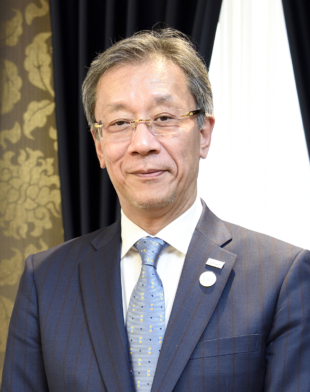
Fujii is the 31st president of the University of Tokyo. He was previously executive vice president in charge of finance and external relations for the university and took the office of the president on April 1, 2021. He also served as an executive member (part-time) of the Cabinet Office’s Council for Science, Technology and Innovation from March 2021 until February.
Fujii received his doctorate in engineering from UTokyo in 1993. His research specializes in applied microfluidics systems and underwater technology.
Toshiro Takamiya
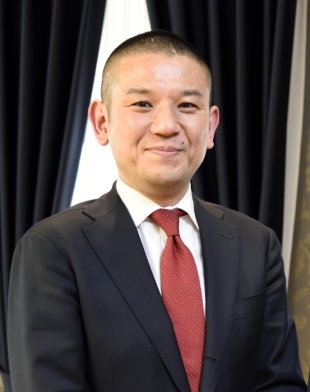
Graduated from Keio University in 1997 and worked for Mitsubishi UFJ Trust and Banking Corp. He joined Takamiya Gakuen Yoyogi Seminar in 2000. After earning a doctorate in education from the University of Pennsylvania, he was appointed CFO at Takamiya Gakuen. Since 2009, Takamiya has been CEO of the Sapix Yozemi Group, which engages in the education of elementary, junior high and high school students with a specific focus on entrance examinations. He is a father of three.
This page is sponsored by Sapix Yozemi Group.



